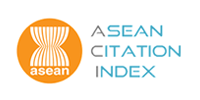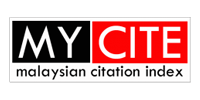Wear Characteristics of 22MnB5 Boron Steels When Applied As Cutting Tool In Dry And Wet Machining Aluminum Alloy
DOI:
https://doi.org/10.58915/ijneam.v17iDecember.1629Keywords:
22MnB5, Boron Steel, Machining, Tool Wear, TribolayerAbstract
22MnB5 boron steel, an Ultra High Strength Steel (UHSS), is celebrated for its exceptional strength and wear resistance, making it highly valuable in automotive and other industries where lightweight materials are essential. Its superior wear resistance also makes it suitable for use in cutting tools. This study aimed to evaluate the performance of 22MnB5 boron steel as a turning insert for metal machining, specifically in relation to cutting speed and cutting environments. The 22MnB5 boron steel blanks were laser-cut into round shapes with a thickness of 2.6 mm and a diameter of 12 mm, following the RNGN 120300 standard. Machining tests were performed on AA 6061 aluminum alloy under both dry and wet conditions, with cutting speeds ranging from 100 to 450 m/min. The outcomes highlighted that 22MnB5 boron steel is effective for machining AA 6061, with tool wear stabilizing between 200 and 350 m/min. Tool wear ranged from 0.15 to 0.27 mm in dry conditions and was reduced to 0.08–0.18 mm in wet conditions. At lower speeds, built-up edges were the predominant wear mechanism, while at higher speeds, adhesive wear in the form of a tribolayer was more pronounced. These findings highlight the potential of 22MnB5 boron steel for efficient machining, particularly under wet conditions, offering valuable insights into improving tool life and reducing production costs.

















